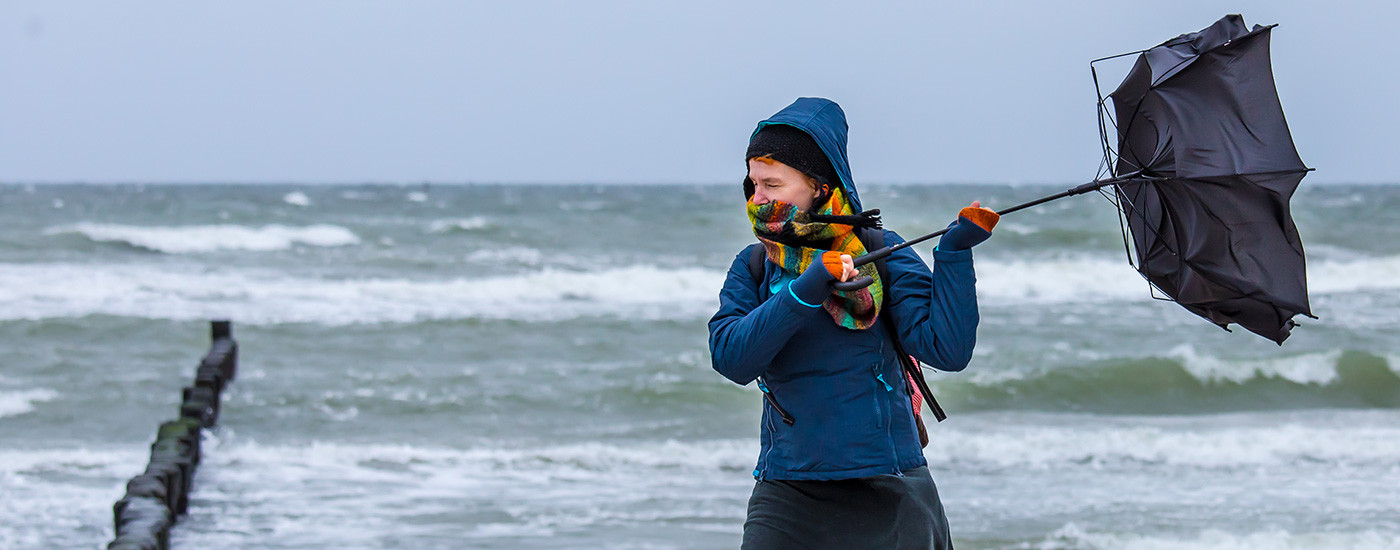For people living in high altitude locations or exposed, open areas, strong winds are a major factor in the destruction of timber fencing. While we have discussed how to repair a wind damaged fence previously, here we look at the fence panels that will help you to avoid having to make repairs.
Solid timber fence panels
Perfect for demarcating the boundary of a property, a solid timber fence panel provides both security and privacy but must be constructed well enough to withstand a storm.
Feather edge timber panels
Closeboard fence panels are constructed from horizontal supports with vertical boards which form a fully framed fence panel. This makes a fence highly resistant to strong winds which cannot force the boards apart.
Feather edge timber fence panels are constructed with horizontal supports and vertical boards, just like a closeboard panel, but with the vertical boards overlapping each other slightly to give a softer aesthetic. When installed correctly, with solid foundations, feather edge panels will withstand strong winds.
Waney lap fence panels have overlapping, horizontal slats which offer privacy but are much less resistant to strong winds. However, as a cost-effective fencing solution for homes in sheltered or built up areas, waney lap fence panels are ideal.
Open timber fencing
A timber fence with gaps for the wind to pass through is preferable in windy conditions to a solid fence that is designed to resist the wind. However, these are not always appropriate, for example where security or privacy is needed.
Trellis fence panels offer a lightweight solution for windy areas as the openwork trellis patterns allow the wind to pass through. When installed with a strong base, trellis panels make great fencing for windy spots and a lack of privacy can be overcome by growing climbing plants against the trellis that will provide cover.
Picket fencing features large spaces between vertical posts, or pickets, attached to horizontal supports, which give wind unfettered access through. Picket fence panels are shorter than solid panels and are suitable for creating boundaries such as at the perimeter edge of a front garden, rather than offering security or a wind break.
Post and rail fencing is made up of two or more horizontal rails attached to vertical posts and is often used to contain livestock. While a post and rail fence will withstand wind and remain intact, it will not provide protection against wind.
Installing fencing in windy areas
Correct installation is vital in windy areas as strong foundations will support fencing and enable it to withstand storms. How to prevent storm damage to fencing will guide you through the steps to take to reinforce existing fence posts and also to install new posts correctly. Concrete fence posts are recommended for windy areas for their weight and strength, and using fence panels in slotted concrete fence posts will spread wind resistance across the whole height of the fence.
Fencing for windy areas from Witham Timber
At Witham Timber, we are specialists in quality timber fencing products, and stock everything you need to repair or replace a fence; all our fencing products are pressure treated and manufactured from materials sourced from sustainable forests. Our concrete fencing range includes fence posts, gravel boards and repair spurs. Our blog has lots of useful articles about fencing, and our experienced sales staff is available to help with any queries over the phone on 01205 359188 or via email at sales@withamtimber.co.uk

